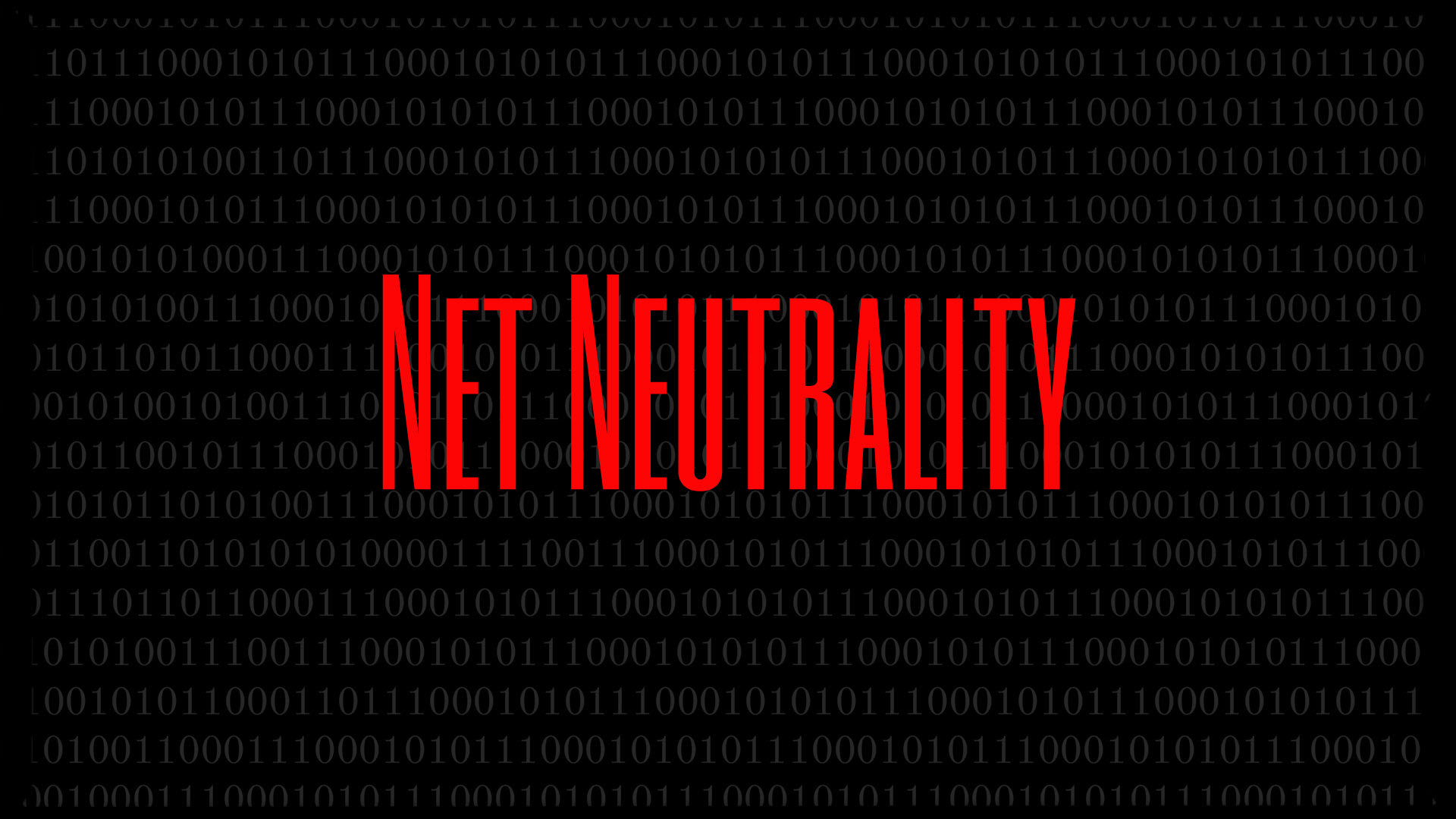It’s Been Five Years Since the FCC Took a Wrong Turn Toward Title II
Five years ago, the Federal Communications Commission went off a time-honored course – the course that had been set in the early days of the commercial internet by the Clinton Administration and followed during the administration of George W. Bush.

This week (Feb. 26) marks the anniversary of FCC Chairman Tom Wheeler’s move to treat high-speed internet service like old-style, monopoly-era telephone service. In the argot of the communications law, the FCC decided that the internet should be classified as a “telecommunications” service and regulated under Title II of the Communications Act, just like the early 20th Century party-line telephone people shared with their neighbors.
That change of course was a dangerous mistake. It reminds me of the wrong turn Bugs Bunny makes at Albuquerque…only the FCC’s error wasn’t funny. In fact, it sent us down a regulatory rabbit hole that led to a precipitous decline in investment in our critical communications infrastructure.
Following the FCC’s wrong turn in February of 2015, broadband capital expenditures fell for the first time since the 2008-2009 recession. The 2015 decline of $500 million accelerated into a full-blown freefall decline of $2.7 billion in 2016. Annual broadband provider capital spending was more than $3 billion lower in 2016 than at the previous peak in 2014.
The decline is easily understood when considering the regulatory uncertainty created by the FCC’s Title II decision. Title II gives the FCC immense powers to regulate rates and take other steps such as ordering the unbundling of networks and the provision of unbundled elements to competitors at deeply discounted prices. While the FCC refrained from imposing those drastic requirements, broadband providers were left with uncertainty about what future rules of the road would be. In the absence of certainty, they were not willing to commit tens of billions of dollars to the deployment of broadband networks – hence the deep decline in investment.
Fortunately, at least for the time being, we’re back on track.
Just two years later, current FCC Chairman Ajit Pai reversed the Title II decision. The Restoring Internet Freedom Order once again classified the internet like a modern communications system. It paid huge dividends.
In 2017, broadband capital spending grew by $2 billion over 2016 levels. In 2018, it jumped by $3 billion. In all, 2018 broadband provider capital expenditures were some $5 billion greater than in 2016 and surpassed the recent peak of $78 billion reported in 2014, before the FCC started heading down the wrong path. What’s more, broadband download speeds in the U.S. in 2018 climbed 36 percent and upload speeds rose 22 percent from 2017, according to internet speed-test company Ookla.

Americans are beginning to see through the claims that heavy-handed broadband regulation is needed to keep their YouTube, Netflix and Amazon Prime content flowing. Title II designation is not the only way to provide enforceable network neutrality guarantees. The FCC has ample tools to do so under section 706 of the Communications Act should it choose to use them. Indeed, Chairman Wheeler was moving down a path of utilizing section 706 authorities for his net neutrality order until he received instructions from the White House to use Title II instead.
The real issues we have with the internet – privacy violations, election interference, hate speech, false news, and most importantly, the absence of broadband availability in great swaths of our nation – have nothing to do with the regulations promulgated under Title II. They have nothing to do with the antiquated net neutrality debate focused on the movement of data bits by ISPs. The internet landscape has changed, and ultimately, we need a fair set of rules that applies to all internet companies to protect consumers—but, until then, codifying open internet guarantees that resolve the net neutrality issue would be a great place to start. Tackling today’s problems will take a much broader view of the internet ecosystem and its players and would ideally be addressed through bipartisan congressional action.
This is an election year, which means we have the opportunity to hit the political reset button and renew our thinking about internet regulation generally. No matter who lives in the White House, we will elect a new Congress, and that gives us a renewed chance to break the political logjam and enact bipartisan legislation codifying the core open internet principles upon which we all agree: no blocking, no censoring of legal content, no paid prioritization and no discrimination or degradation of network performance. If we do this right, we can at last put an end to the long-running net neutrality controversy and provide the regulatory certainty carriers need to make our broadband more available and faster.
Let’s stop the cartoons – depicting life without Title II in a baseless way hurts Americans. For many, living without an internet connection is real life. It’s time we pass bipartisan legislation that deals with true threats in the internet ecosystem, protects consumers, and clears the path for continued advancement of high-speed broadband networks across our nation.
Rick Boucher was a member of the U.S. House of Representatives for 28 years and chaired the House Energy and Commerce Committee's Subcommittee on Communications and the Internet. He is honorary chairman of the Internet Innovation Alliance (IIA) and an attorney in the Washington DC office of the law firm Sidley Austin.
Multichannel Newsletter
The smarter way to stay on top of the multichannel video marketplace. Sign up below.
